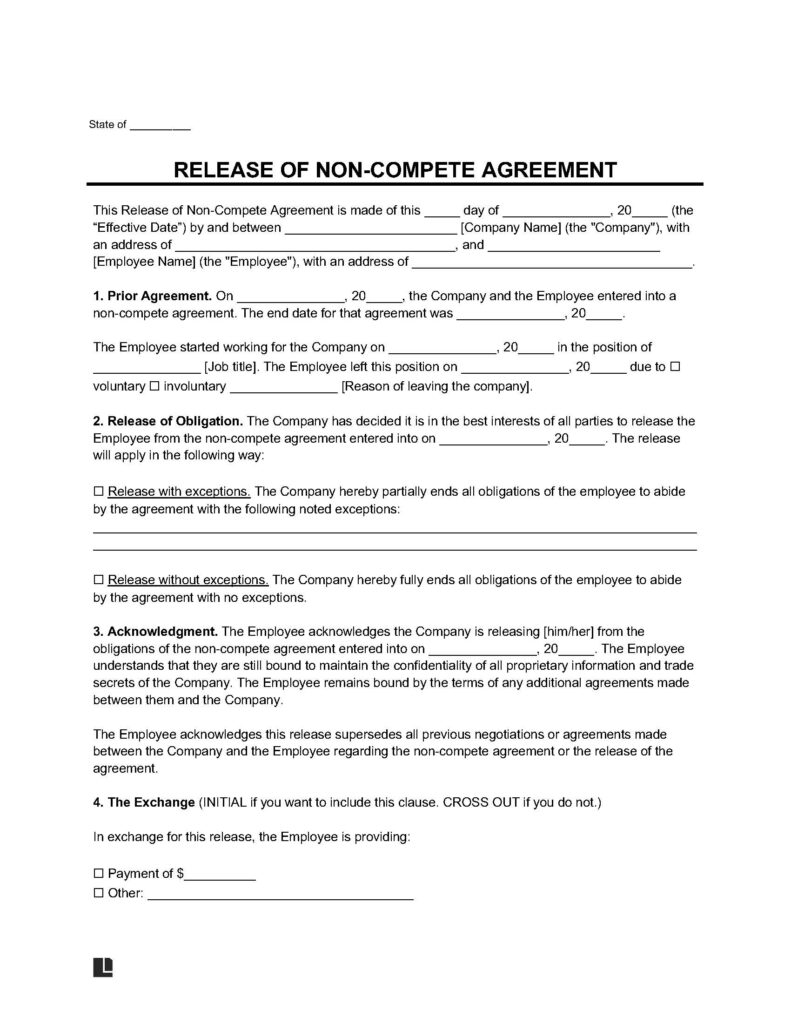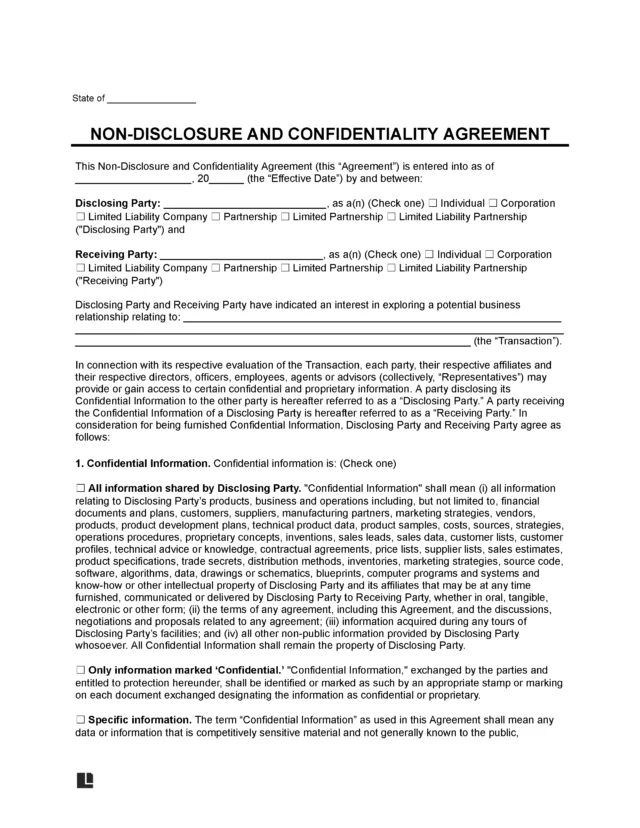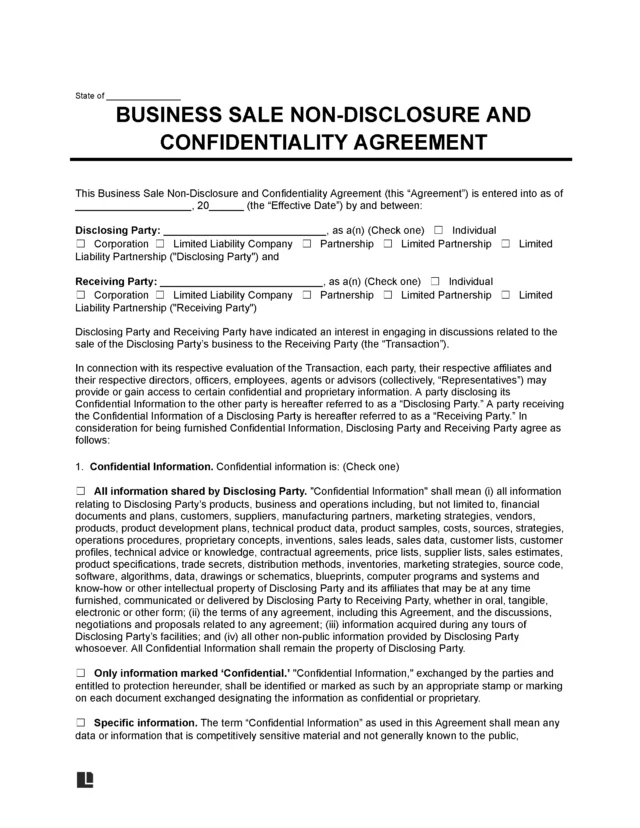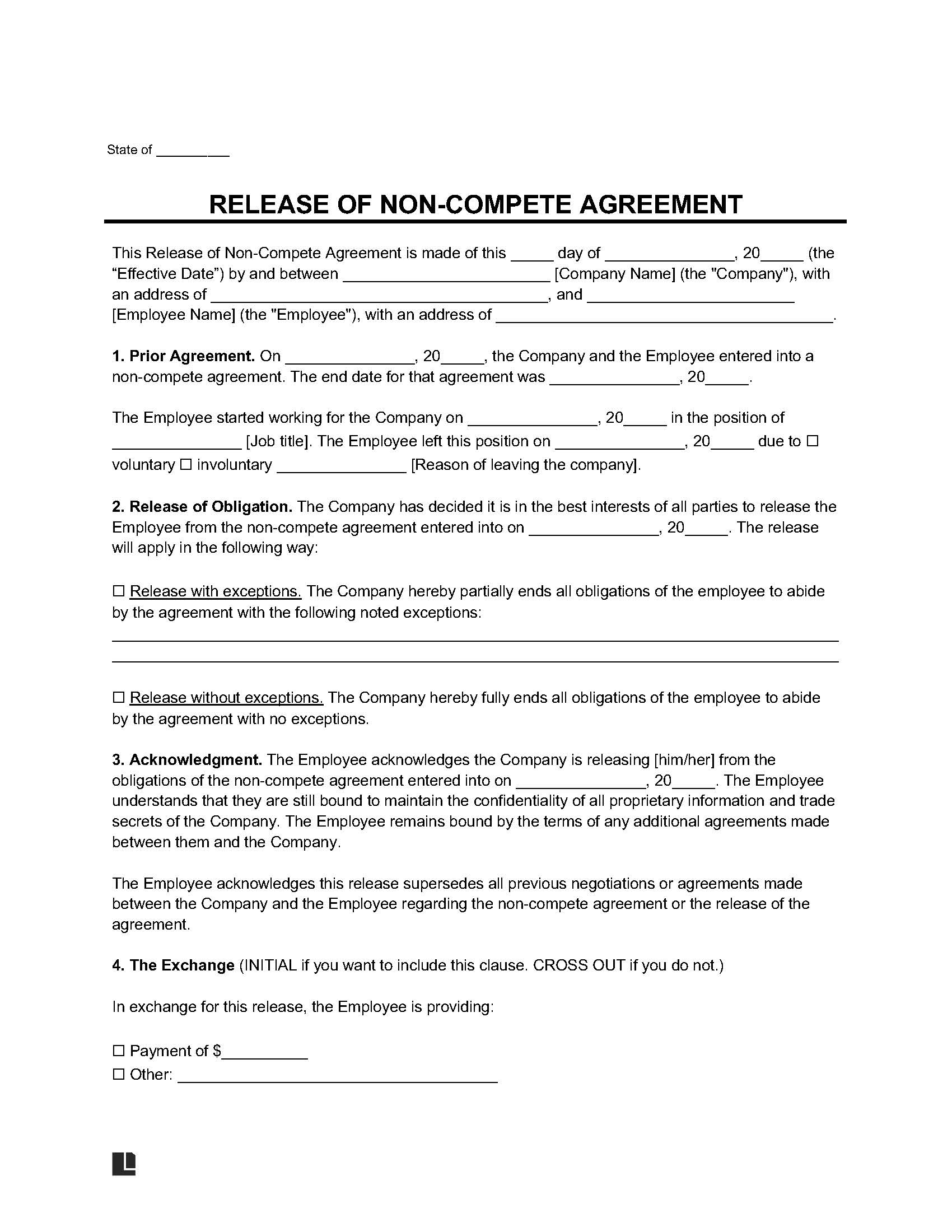What Is a Release of a Non-Compete Agreement?
A release of a non-compete agreement is a document that eliminates a non-compete agreement on mutually agreed-upon terms. Non-competes can often be restrictive, especially if you work in a highly specialized field. You may need to negotiate a release with your current or former employer to take another job or advance your career.
You may use a non-compete release form if you leave your employer but plan to start a business or advance in the same career field. It averts business conflicts arising when your employer acquires or merges with another company. The form can also help you move forward in case of signing a non-compete as part of selling your business.
Why Get Out of a Non-Compete Agreement
- Excessive Restrictions: They can go beyond protecting an employer’s legitimate interests.
- Employee Hardship and Public Harm: They can cause undue hardship for employees or have a detrimental impact on the public.
- Unreasonable Limits: They can lack reasonable geographic or time limitations.
How to Get a Release from a Non-Compete
Companies generally use such agreements to protect their business interests. Convincing them to release a non-compete clause or agreement can present a challenge, so you should research and prepare for negotiations in advance.
Follow these steps to secure a release:
Step 1 – Research Applicable Laws
Not all non-competes are legally binding. You may find the agreement unenforceable upon reviewing your documents and applicable laws. In some cases, local or state laws limit how restrictive a non-compete can be. Understanding the applicable laws can help you determine how to approach the release discussion.
For example, California and North Dakota have placed large-scale bans on non-competes; however, it is still advisable to carefully review the agreement before you sign.
Step 2 – Review Your Contract
Some companies plan for employees to request a non-compete release by adding a specific clause to the employment agreement. Your employer may require the request in writing or offer to release the non-compete agreement or clause for a fee, a transaction known as a purchase of release.
Step 3 – Ask for a Release
In addition to adhering to the rules of your release, if included in your agreement, you can formally request the release from the other party via e-mail or a letter. Depending on the terms of the agreement, it is advisable to propose either monetary compensation or alternative valuable considerations as a means to secure your freedom.
Your request can look something like this:
Non-Compete Release Request
Dear [NAME],
I am writing to formally request a release from the non-compete agreement that I previously signed. It has come to my attention that this agreement poses significant challenges to my ability to pursue employment in my skilled profession. Regrettably, I was unaware of the extent of these difficulties when I initially agreed to the terms.
I am earnestly seeking your assistance in granting me a release from this non-compete restraint. I am prepared to offer payment or any other form of valuable consideration as a gesture of goodwill in exchange for your favorable response to this request.
I kindly request that you contact me as soon as possible to discuss this matter further. You can contact me either by telephone at [TELEPHONE] or via email at [E-MAIL].
Thank you for your attention to this matter.
Sincerely,
[YOUR NAME]
Step 4 – Negotiate the Terms
Negotiating the release involves finding ways for both sides to benefit from the release. Depending on the circumstances, your employer may opt for a release with exceptions.
A release without exceptions fully releases you from legal liability. A release with exceptions, however, places certain restrictions on that release.
For example, restrictions on working with competing businesses in the same geographical area may be lifted. Still, you may be prohibited from taking your clients to the new company.
Step 5 – Sign the Release Form
Once you reach an agreement, complete the non-compete release form template and sign. The agreement becomes legally binding when both parties have signed.
What to Include in a Non-Compete Release Form
Details are crucial for an effective non-compete release form. Protect yourself from misunderstandings and potential legal issues by including the following items in your release:
- Names and titles of the parties
- Effective date of the release
- Date and details about the agreement being released
- Payment or exchange of information for the release
- Clause detailing the release of legal liability
- Clause indicating that the employee is still liable to meet obligations related to confidentiality, trade secrets, and non-solicitation
- Signatures of both parties
If your non-compete release includes exceptions, be sure to note these exceptions in detail. A clear, concise release agreement can help you communicate effectively and avoid associated legal issues. It can also help you maintain a positive relationship with individuals and businesses you may need to work with in the future.
Release of Non-Compete Agreement Sample
Download a release of non-compete agreement template in PDF or Word format.

Frequently Asked Questions
What contractual obligations can’t be dismissed by signing the non-compete release form?
Legitimate business interests can still be protected even after reaching a non-compete release agreement. Such interests may include trade secrets, confidential business information, and current or prospective customer information.
Can I ignore my non-compete agreement?
If you ignore a non-compete agreement, your employer may sue you for violating the terms of the agreement. In some cases, a non-compete may conflict with the law, in which case it cannot be enforced.







